Picture this: You’re cruising on a Bird or Lime or Veo or LINK e-scooter in a protected bike lane built by the abundant profits reaped by the e-scooter industry and shared with the city. You got rid of your car two months ago — it was starting to accumulate dust and parking tickets. Arriving at the light rail station, you park neatly in a brightly painted scooter parking corral. The app lets you know that by taking an e-scooter instead of driving, you diverted a car trip’s worth of GHG emissions. You take off your helmet and board the train, patting yourself on the back for saving the environment, bypassing gridlock and having fun doing it.
Unfortunately, the future that e-scooter startups and cities envisioned in the early days of shared micromobility has proven too good to be true. Instead of raking in cash and building new bike lanes, the industry is consolidating as companies struggle to stay afloat. Last month, Bird paid $19 million to acquire competitor Spin, even as it was shortly delisted from the New York Stock Exchange.
“As venture capital money is starting to dry up, more of these companies are having to actually show at least a path to profitability,” says Colin Murphy, director of research and consulting at the Shared-Use Mobility Center. “And I think that means the Wild West era of thousands of vehicles showing up — it’s definitely coming to an end.”
Gone are the days of thousands of e-scooters dropped on an unsuspecting city’s streets. Now is the era of long-term partnerships between cities and one or a few providers who are ready and willing to meet cities’ safety and transportation goals, experts say.
Long-term, more exclusive partnerships
In some early e-scooter pilots, cities allowed any company that applied for a permit to throw its hat in the ring; Chicago, for instance, had 10 operators in its 2019 pilot. This free-for-all caused some providers to “race to the bottom” to beat the competition, says Murphy, rather than being “good citizens” and partners with cities.
Now, some cities are embracing more permanent partnerships. Cincinnati recently entered a franchise agreement with Lime and Bird. New York City ended its pilot program last year and is now offering six-year permits.
Pittsburgh was one of the first cities to embrace a limited or no competition model. As part of its Move PGH pilot, the city allowed only one e-scooter provider, Spin, to operate within its limits. Contrary to popular understanding, Move PGH was not an e-scooter pilot; rather, it sought to integrate multiple modes of transportation, including e-scooters, car share, bike share, carpooling, e-mopeds and transit into Mobility as a Service (MaaS).
Having Spin as the sole e-scooter provider meant more accountability, says Karina Ricks, former director of the department of mobility and infrastructure in Pittsburgh.
“If something went wrong with a scooter, we knew exactly whose system it was,” she says. “And having sole operation was extremely valuable to them. So they had some incentive to try and play nice with us.”
Negotiating a successful public-private partnership
Since 2017, shared e-scooters have faced regulatory and safety hurdles as cities battled with sidewalk riding and scooter clutter and confronted a lack of safe micromobility infrastructure. Last year, a number of cities cracked down on e-scooters, banning them entirely from certain parts of the city or implementing tighter curfews.
Some of those restrictions have now been rolled back, and operators are still optimistic about the state of city-operator relationships.
Partnerships can work “if cities are really willing to work with programs, invest in the long term, and collaboratively come up with regulatory regimes that work for everyone and achieve both of our goals, which is to get people out of cars and and riding shared e-scooters and e-bikes,” says Josh Meltzer, Lime’s head of government relations for Americas and Asia Pacific.
Like any other healthy relationship, cities and operators should practice transparency.
“I think they need to sit down and understand each other’s goals,” Murphy says. “And I think a lot of the time, that is not the case.”
Will the future of shared micromobility be subsidized?
The early years of shared micromobility were heavily subsidized by investors. In reality, operators have struggled to make a profit. (Veo says it is profitable and Lime says it is profitable on an EBITDA basis.)
“Transportation is very difficult to make into a profitable business over the long term,” Murphy says. He believes that the shared e-scooter industry might eventually start to resemble bike-share, with a nonprofit, community-based model.
Although cities might not directly invest in micromobility operations, they could fund capital investments in vehicles and charging infrastructure through federal grant programs like the Congestion Mitigation and Air Quality Improvement Program.
Lime still believes that the current profit-driven model will work, and Meltzer cites Lime’s take-over of the bikeshare program in Minneapolis-Saint Paul as proof of its sustainability.
“I do think that there will be more conversations in the future about how certain streams of federal funding can subsidize city programs,” Meltzer says. “Especially as the federal government looks at funding green energy programs and further developing better non-car infrastructure in urban areas.”
As both advocates and pundits have pointed out, cars are heavily subsidized by federal, state and local dollars. Why shouldn’t the government at least subsidize shared e-scooters for underserved populations?
E-scooters and universal basic mobility
The goal of Move PGH was not to bring e-scooters to Pittsburgh. Instead, Ricks points out, it aimed to build a more resilient transportation system by integrating multiple modes of transportation into mobility hubs and a centralized app.
She describes hearing story after story about the “fragility” of the existing transportation system, where for some residents, missing the bus could mean losing a job or being passed up for a raise or promotion.
“We need to be much more mode-agnostic about it and really give people the essential trips that they need,” she says.
Whether that’s on a shared e-scooter or on a bus, it’s all part of the same transportation network. In the future, Ricks hopes that cities will think about transportation more holistically as part of a solution for upward economic mobility.
“We just need to get over looking at transportation in isolation, looking at medical costs in isolation, looking at childcare costs in isolation and understand that they’re social costs,” she says. “They’re social investments.
Meltzer points to Denver as an example of a city that is prioritizing equity in its e-scooter program. The city does not require any fees from its two operators, Lyft and Lime. Rather, it requires that both operators invest in equity programs. As part of its climate strategy, Denver is also at the forefront of offering e-bike rebates to encourage residents to embrace greener modes of transportation.
Shared e-scooters may not have ushered in the congestion-free, climate-friendly future that cities had hoped for, but they are still a welcome alternative to cars — as long as cities and operators can figure out how to work together so both can benefit.
“I would just emphasize collaboration and talking to one another, and not thinking of the companies as a cash cow that can solve these really big structural problems… this is an element of a solution,” Murphy says. “It’s one of many things that is needed to move people away from defaulting to driving everywhere. But it’s not a silver bullet.”
This story was produced through our Equitable Cities Fellowship for Social Impact Design, which is made possible with funding from the National Endowment for the Arts.

Maylin Tu is Next City's Equitable Cities Reporting Fellow for Social Impact Design. A freelance reporter based in Los Angeles, she writes about transportation and public infrastructure (especially bus shelters and bathrooms), with bylines in the Guardian, KCET, Next City, LAist, LA Public Press and JoySauce. She graduated with a BA in English from William Jewell College in Missouri.
Follow Maylin .(JavaScript must be enabled to view this email address)

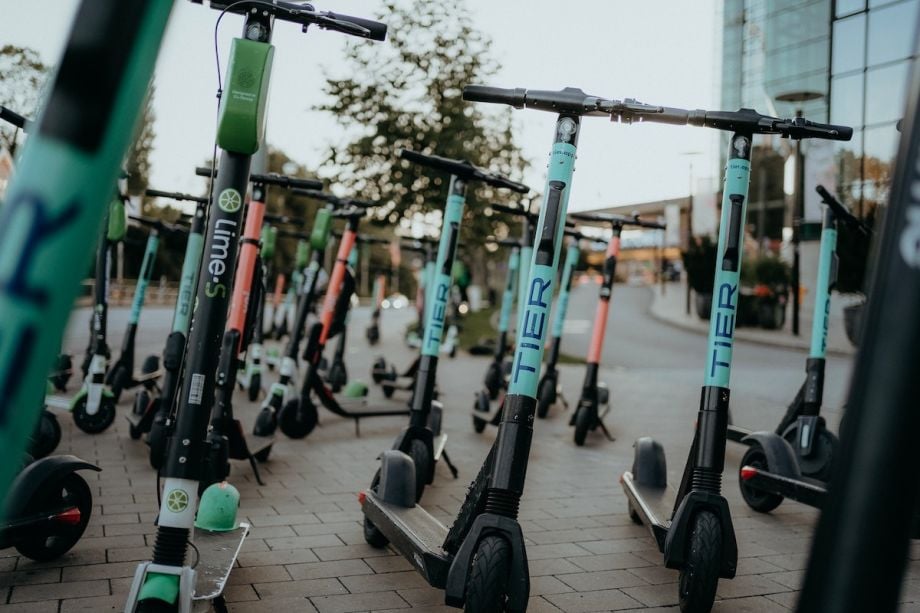
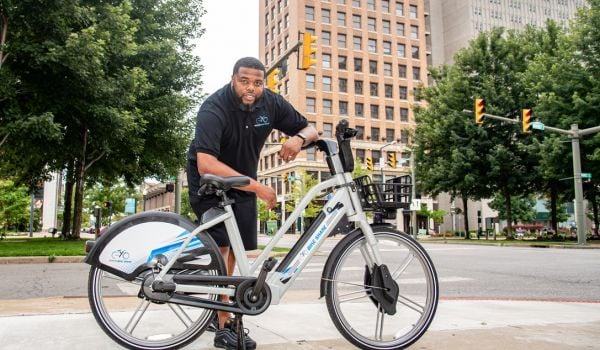



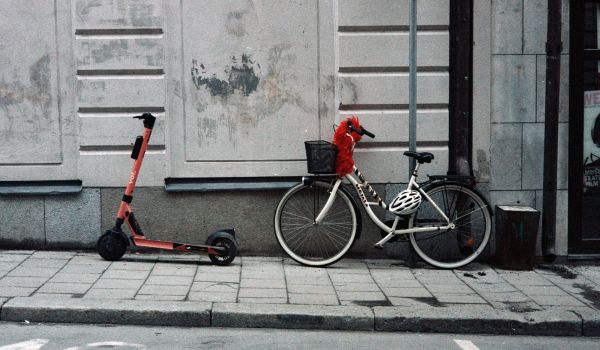
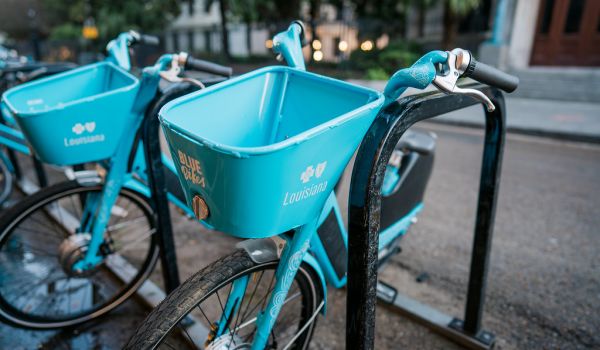
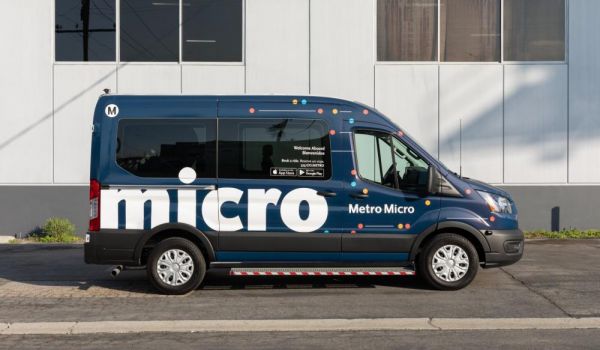
_600_350_80_s_c1.jpg)






